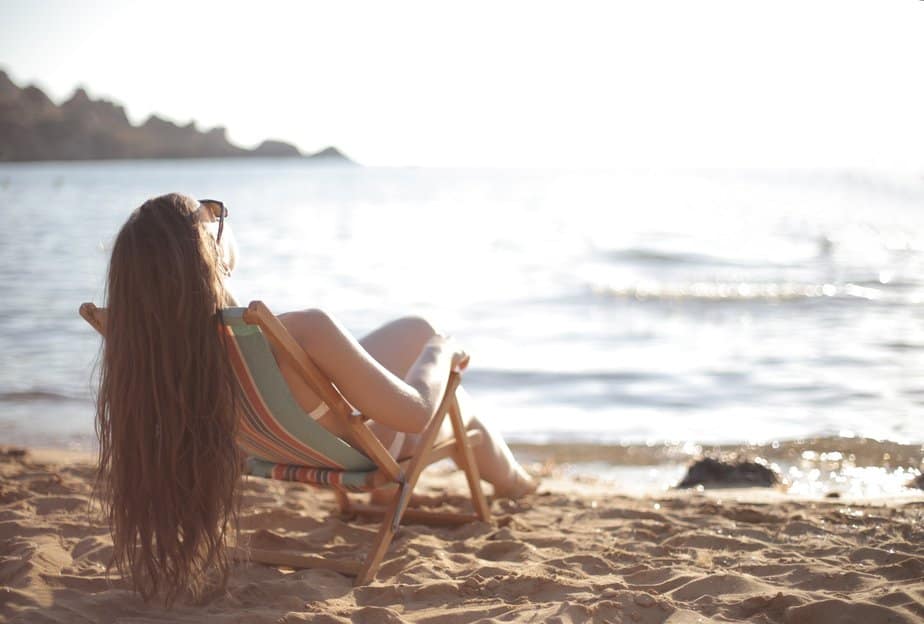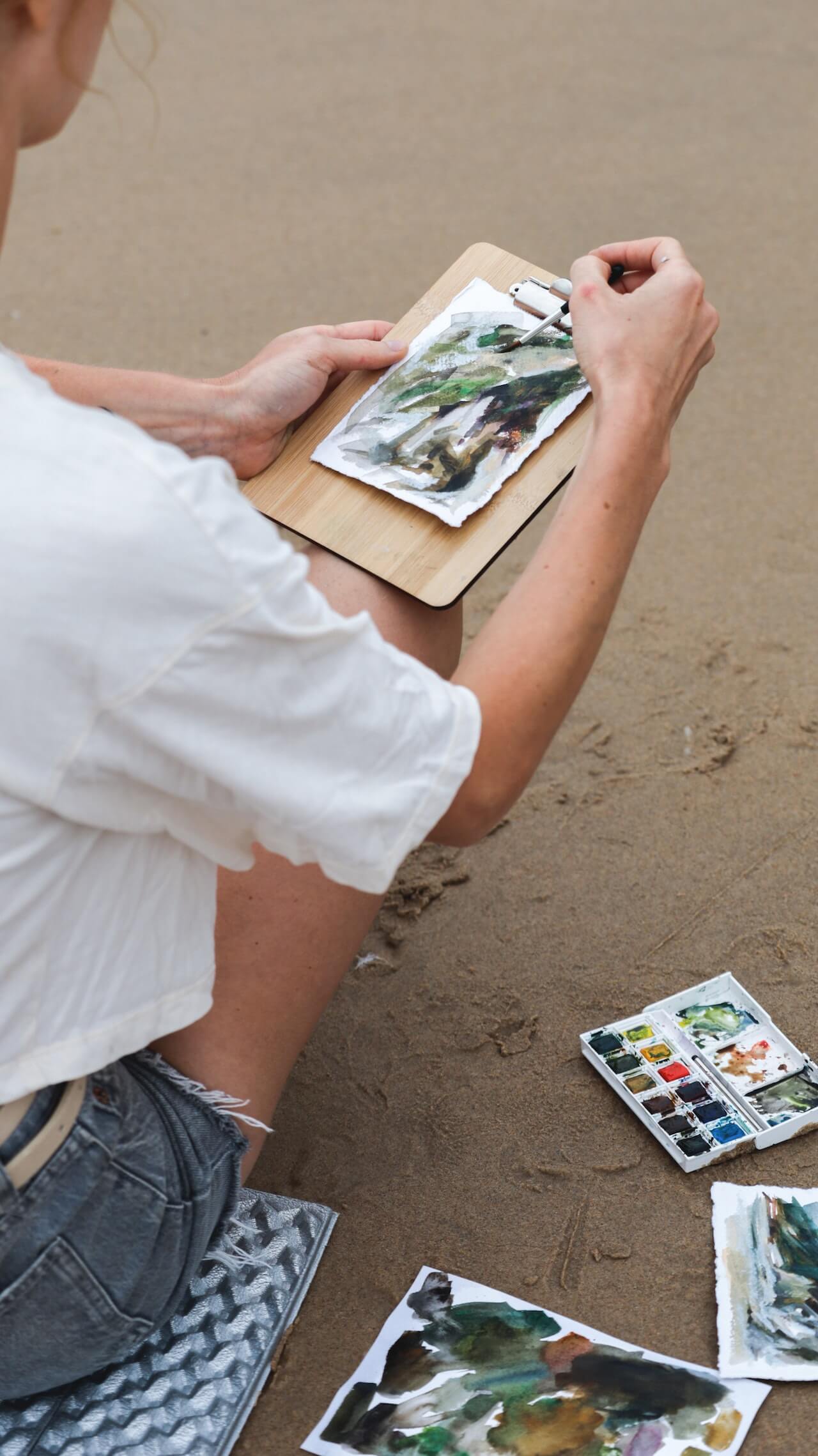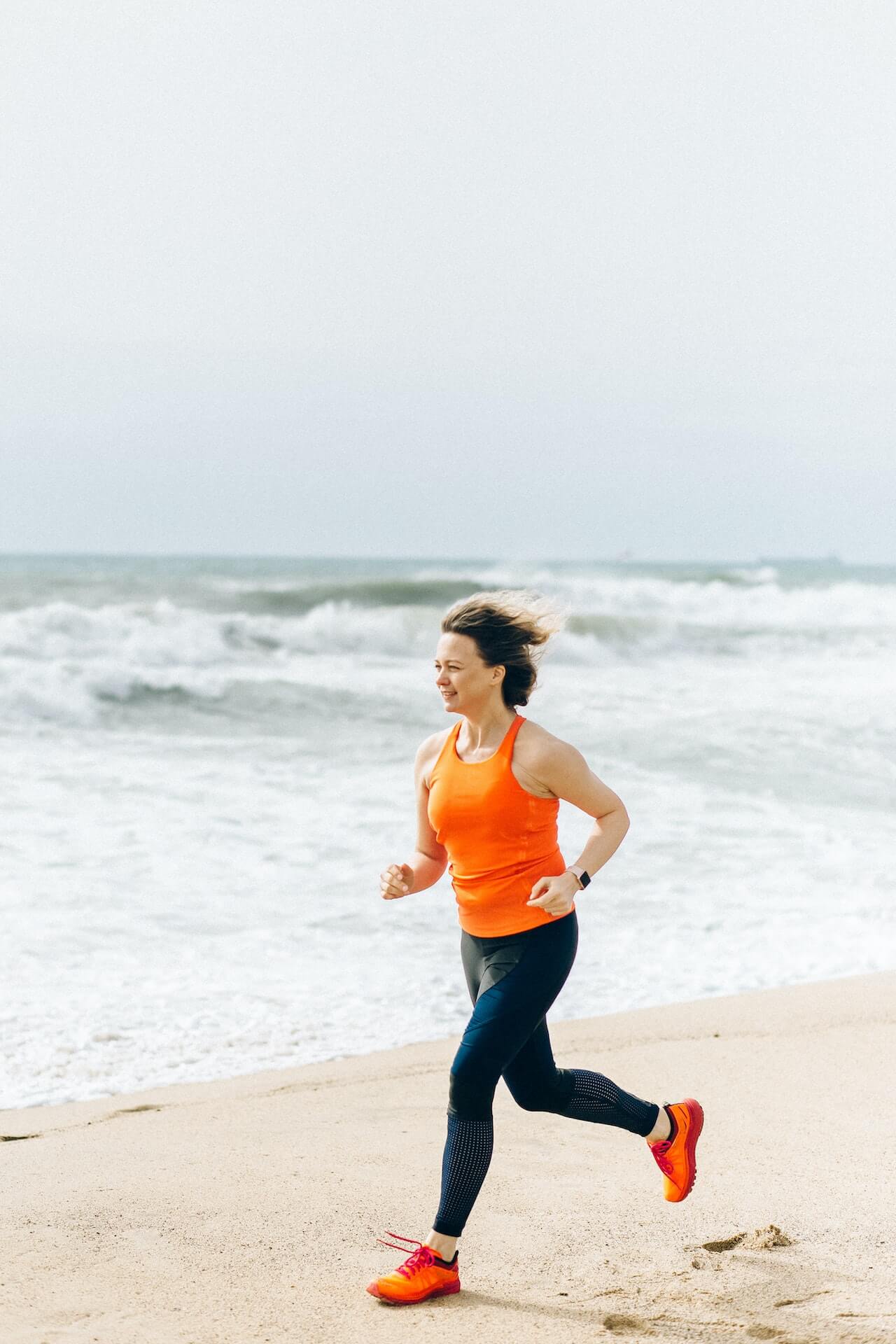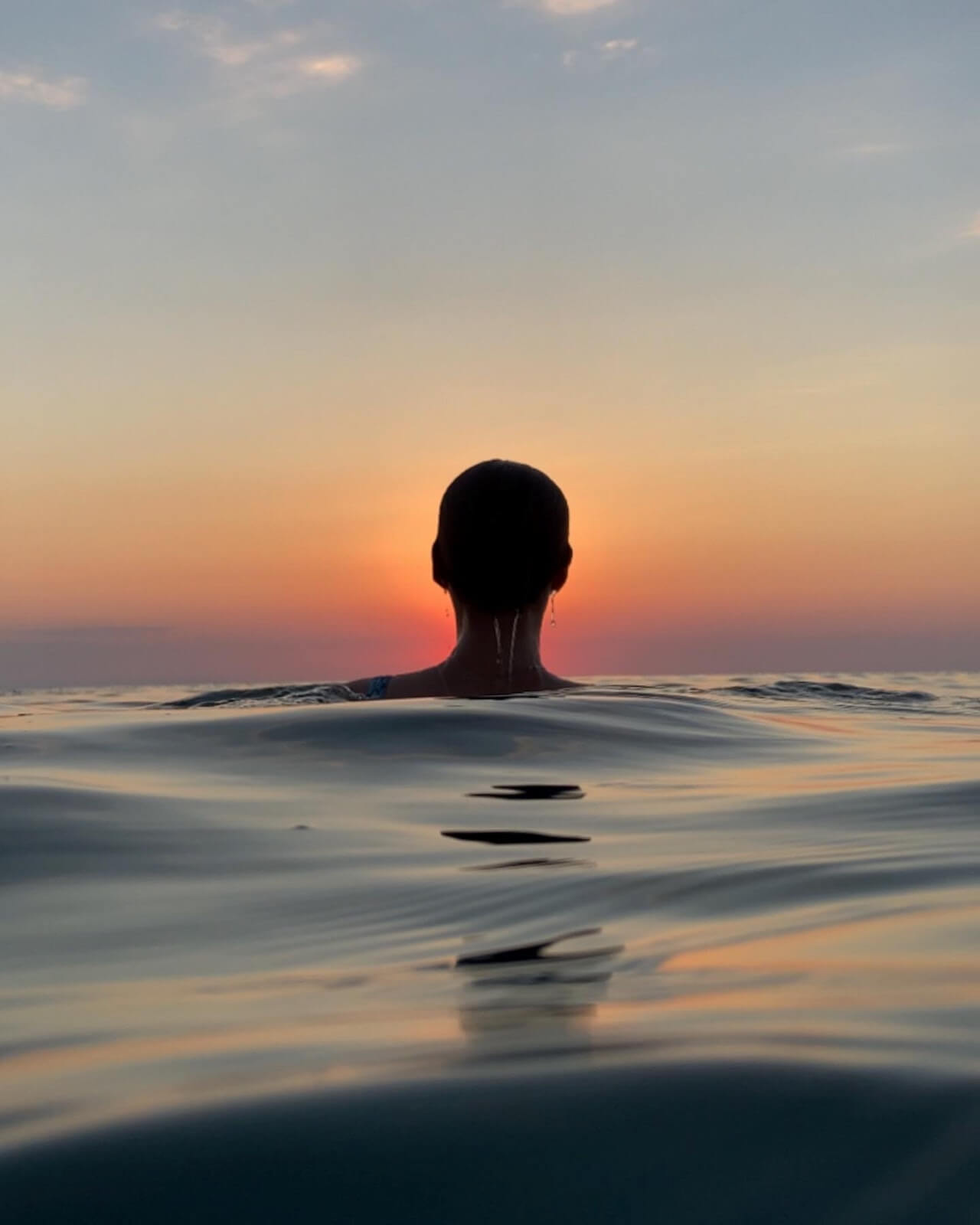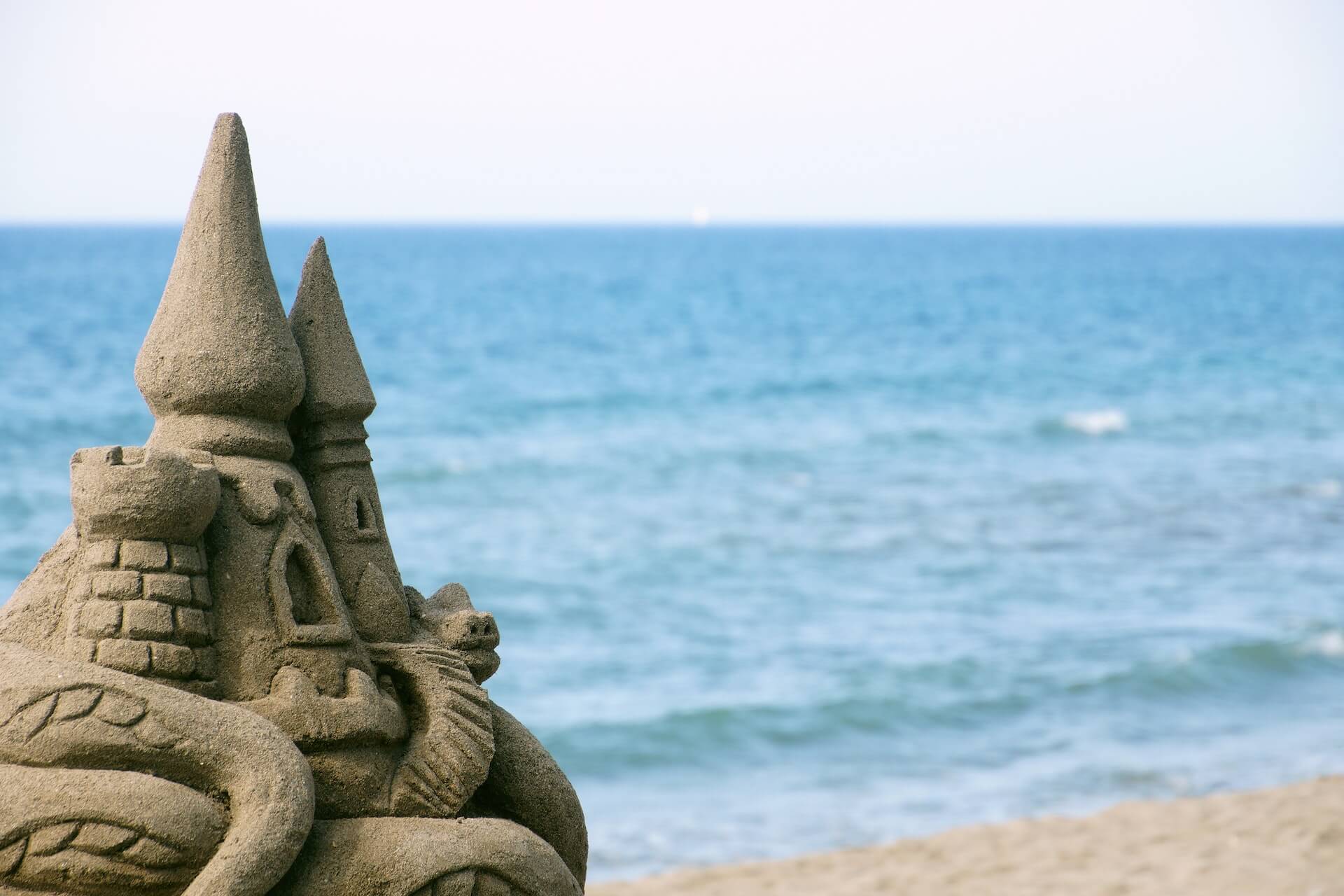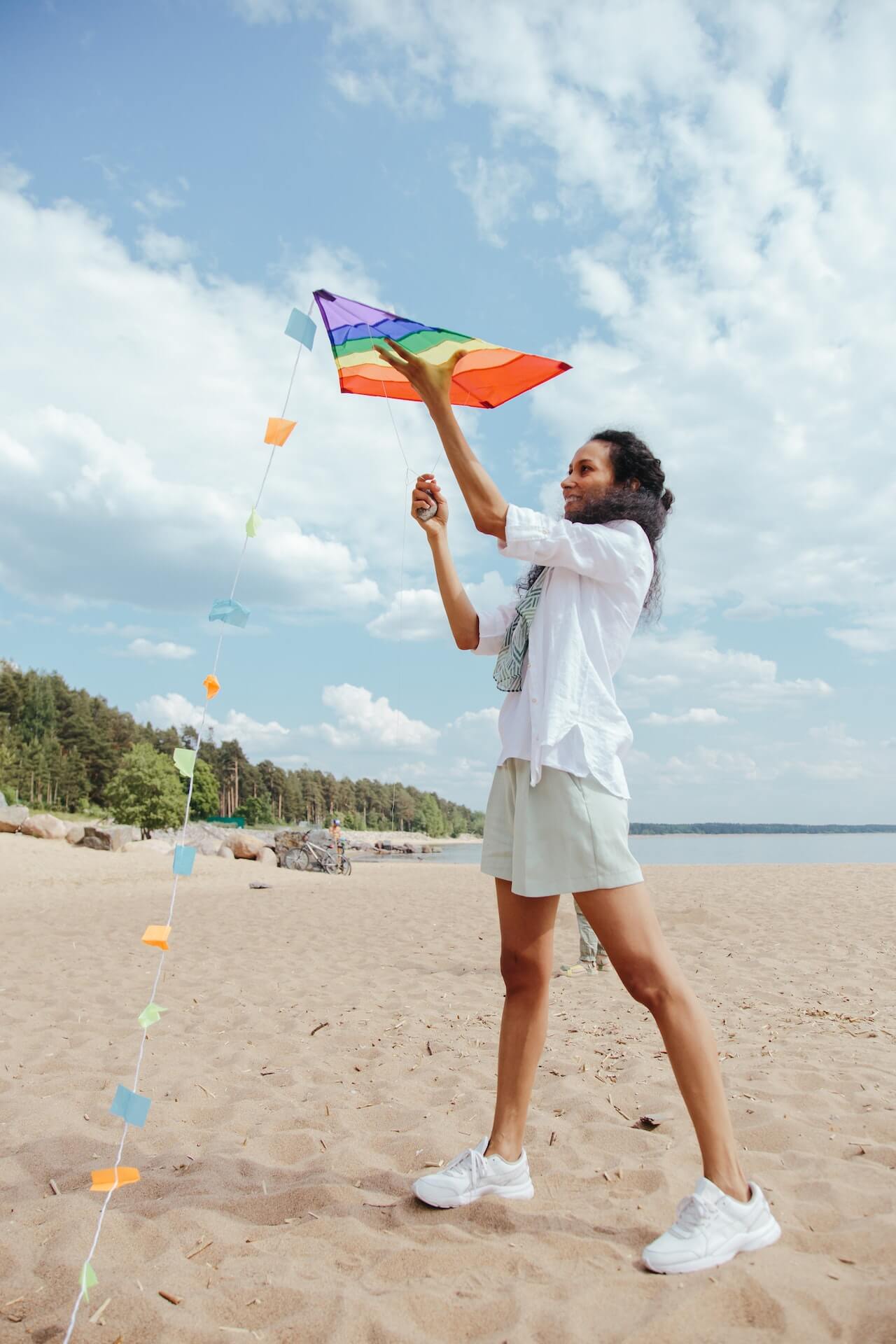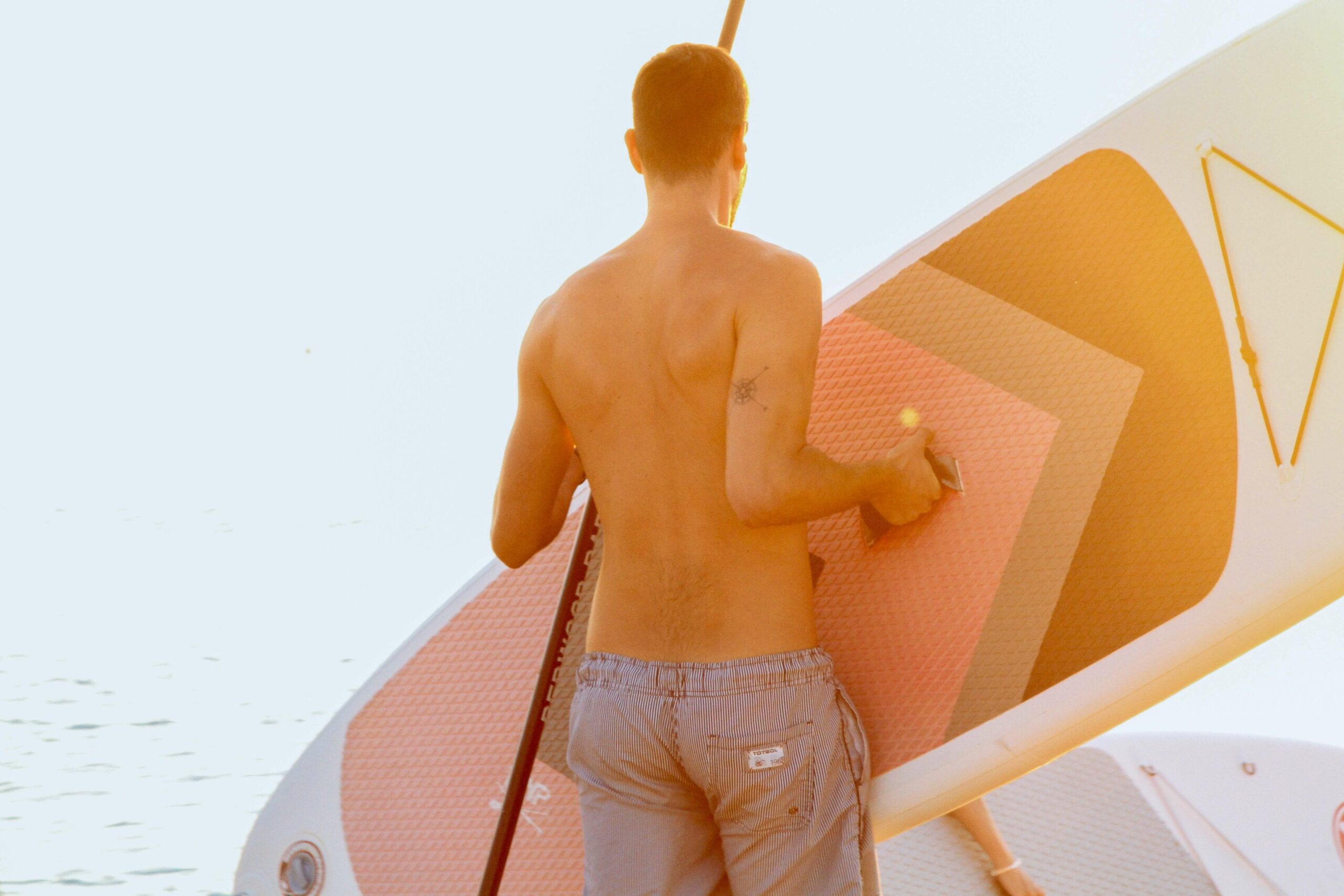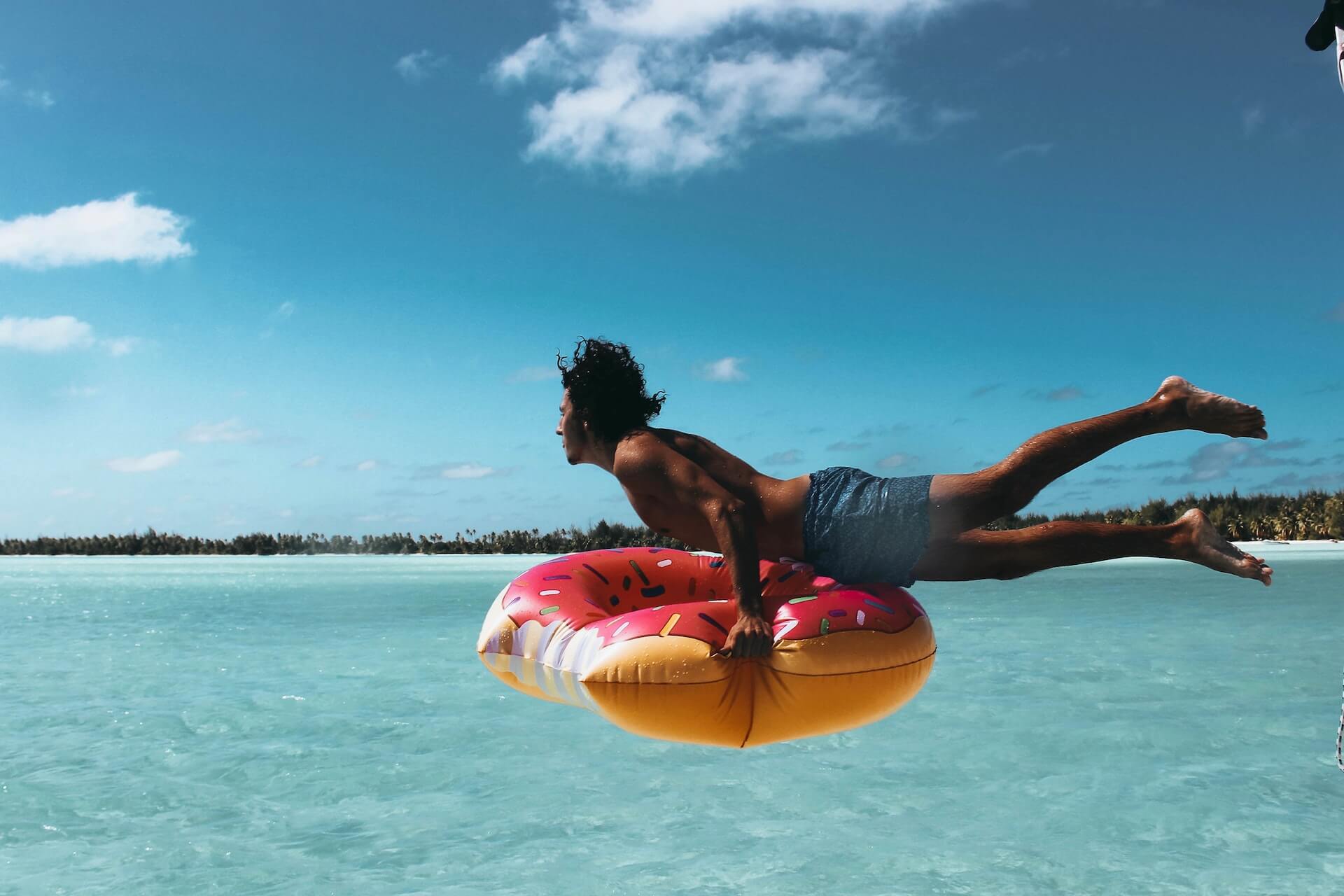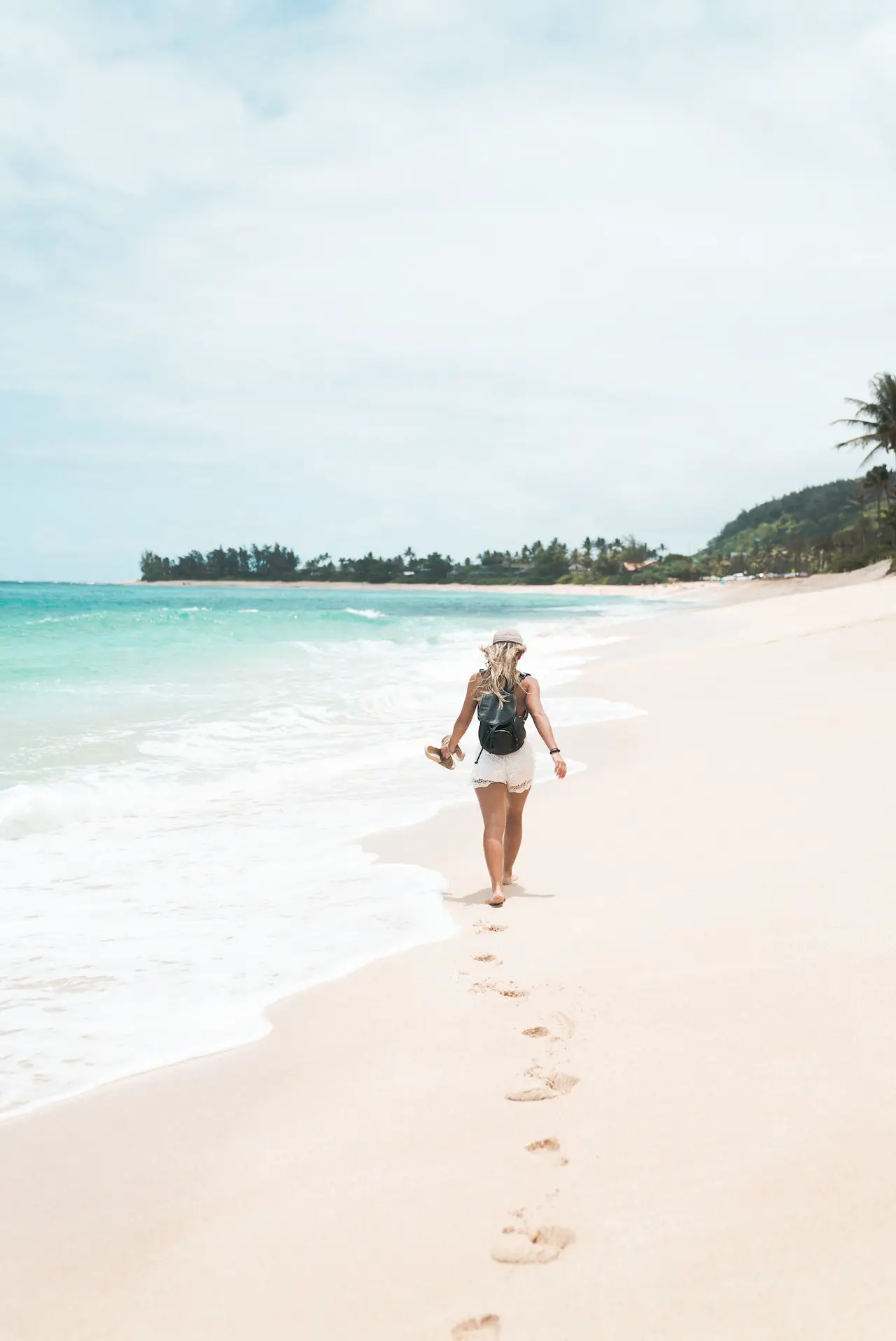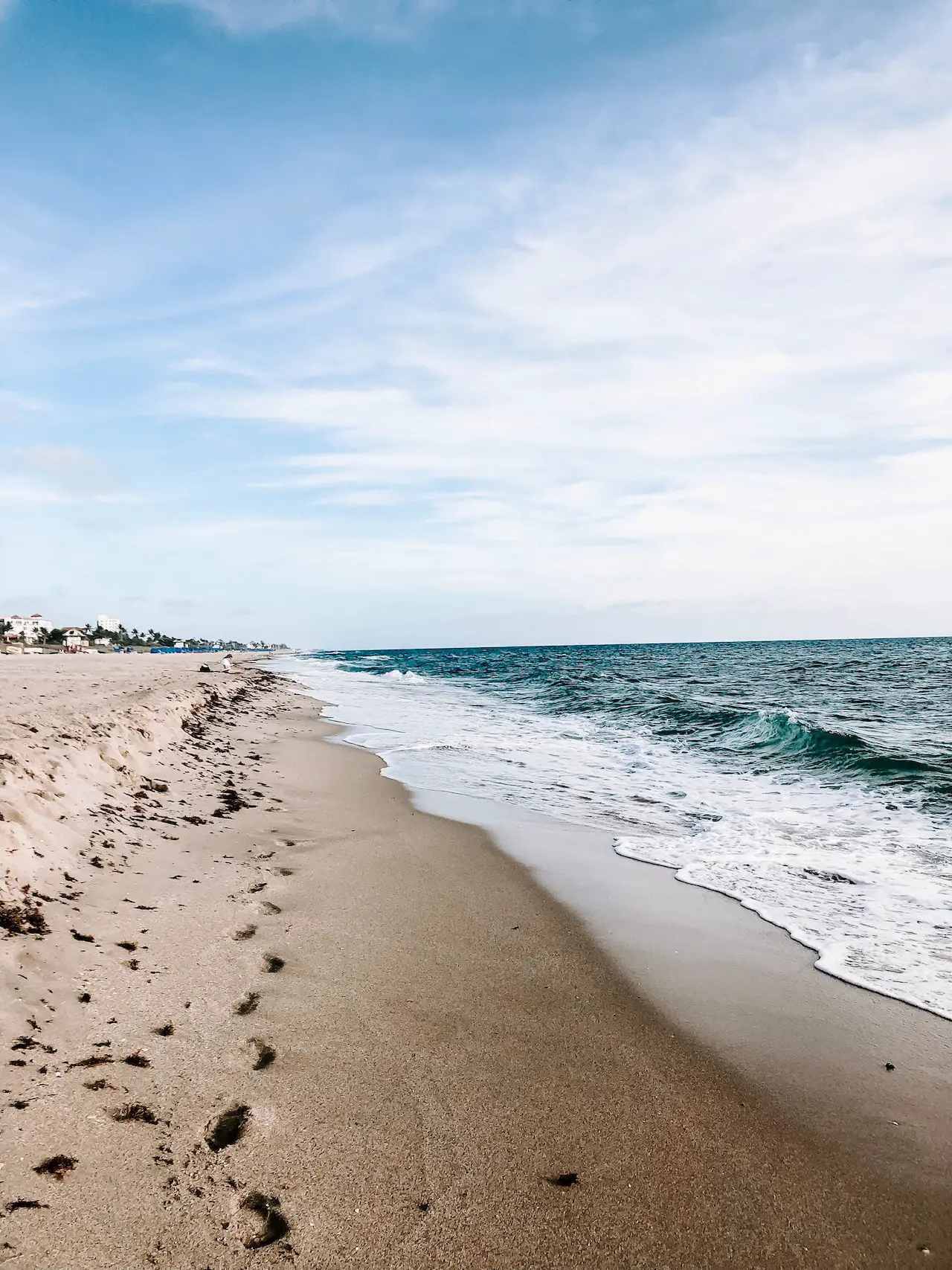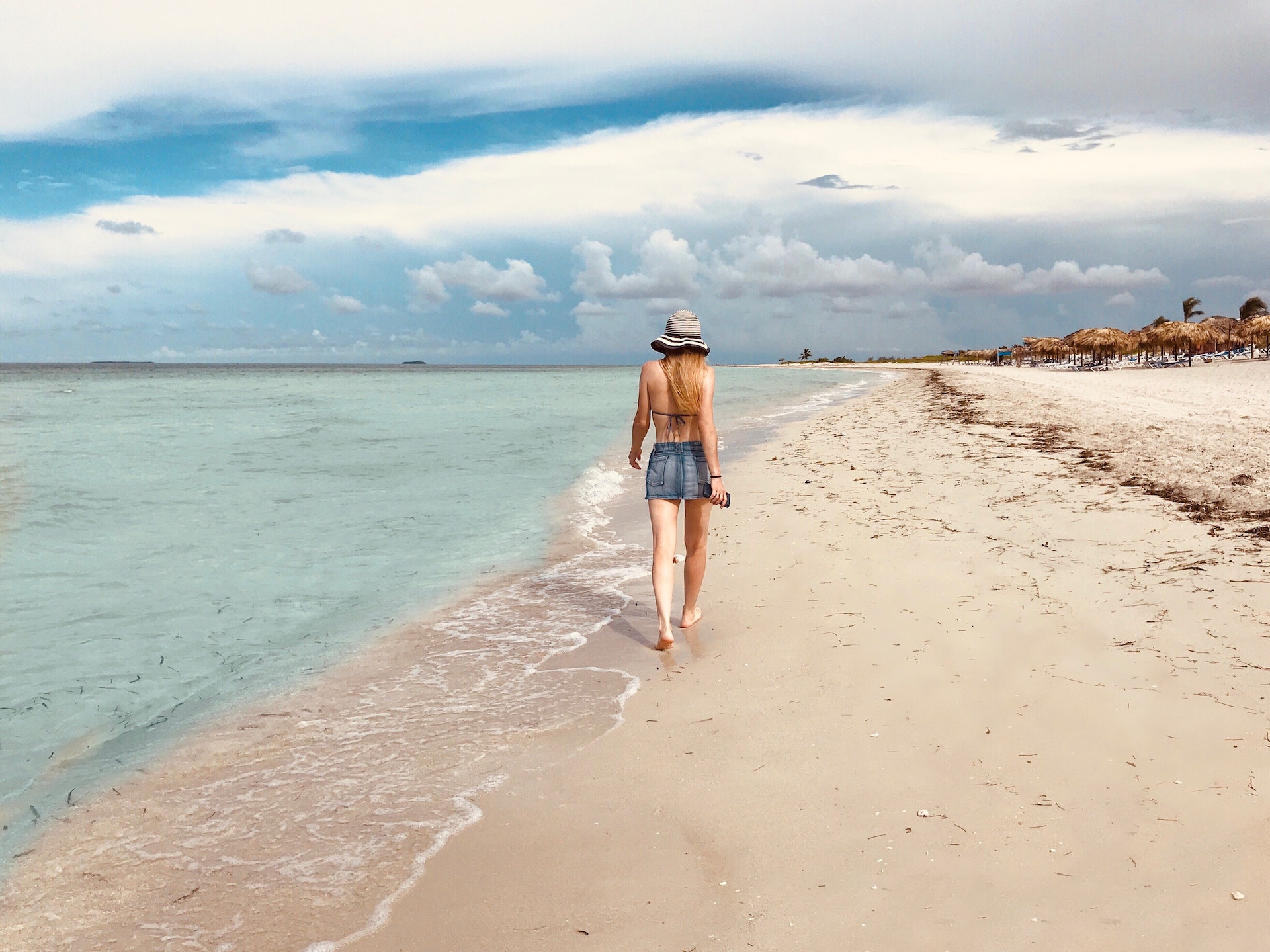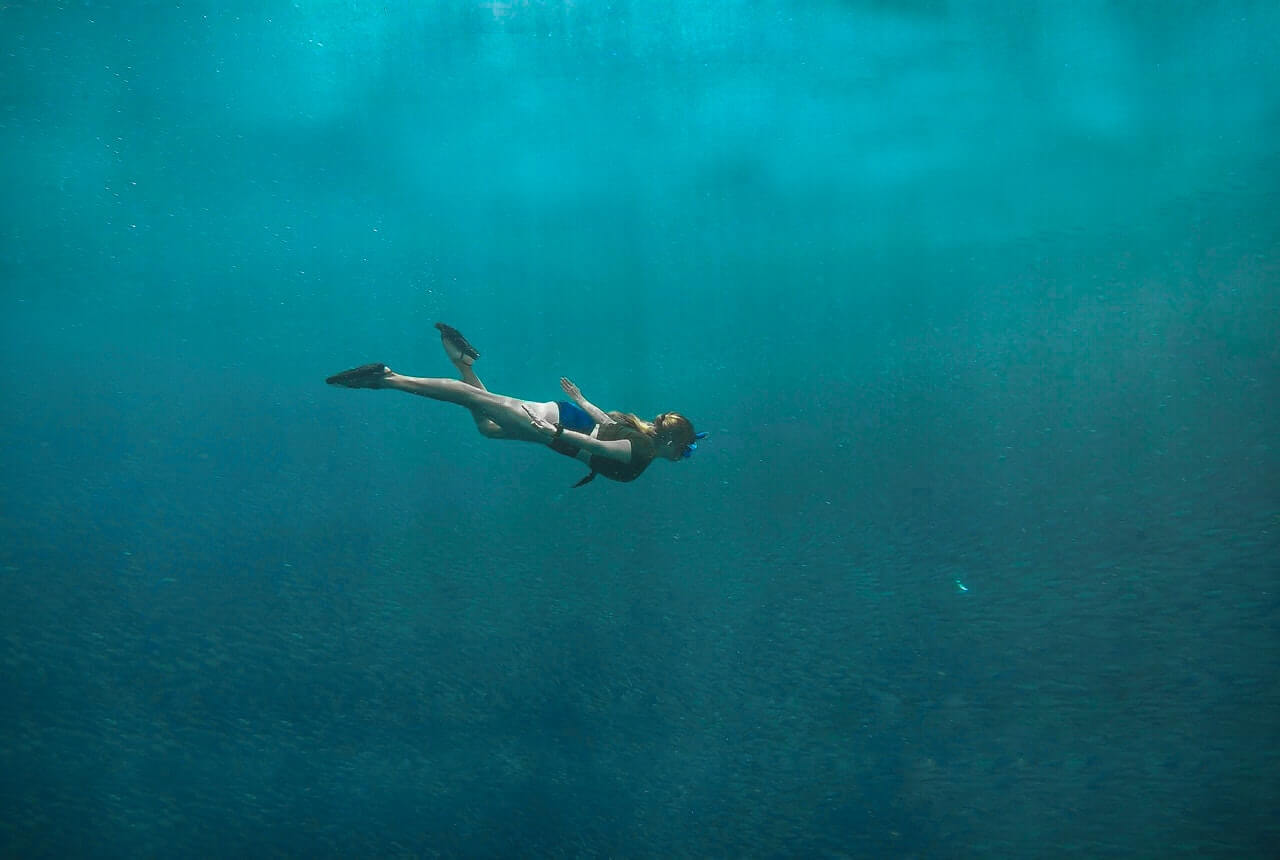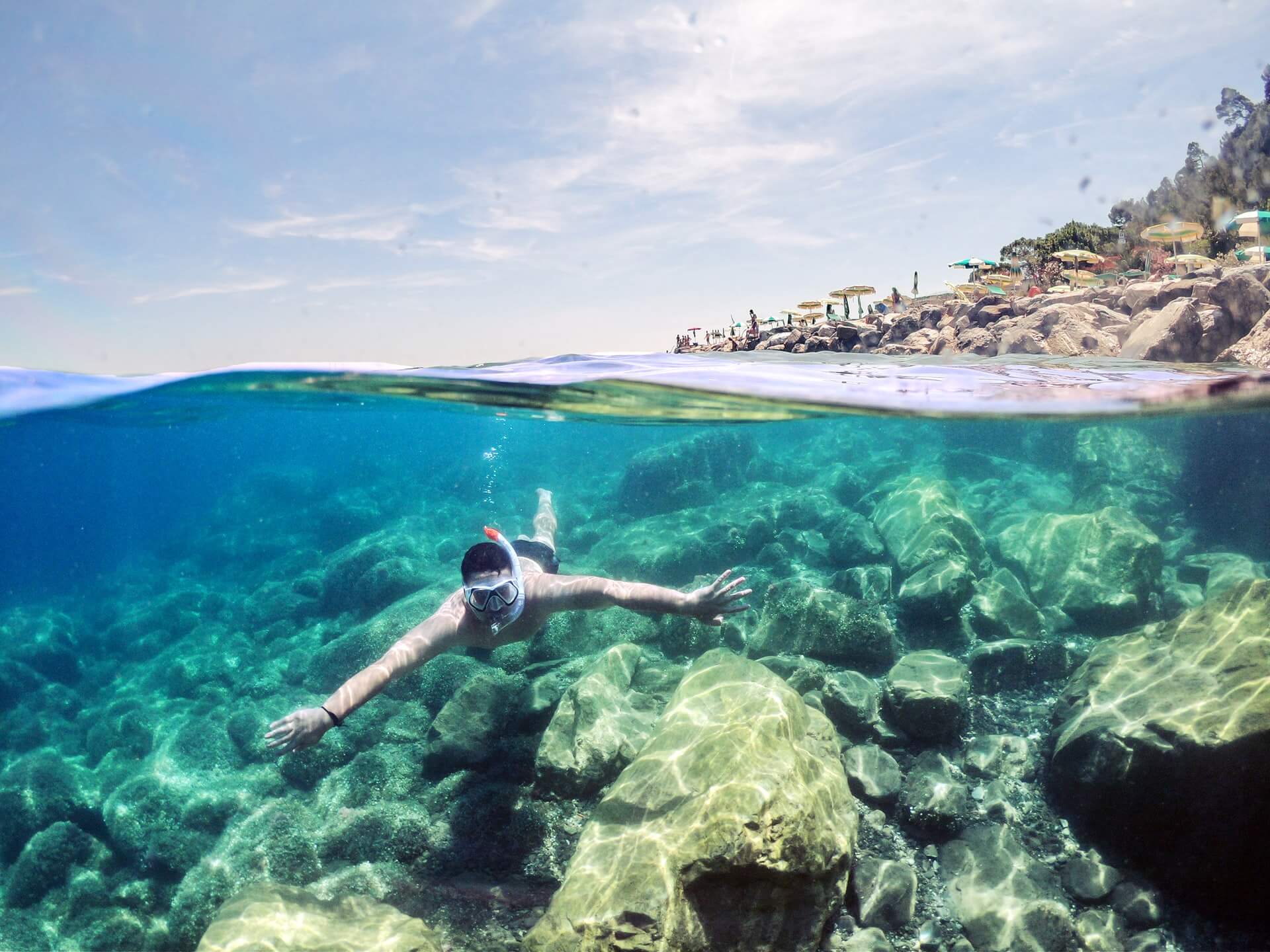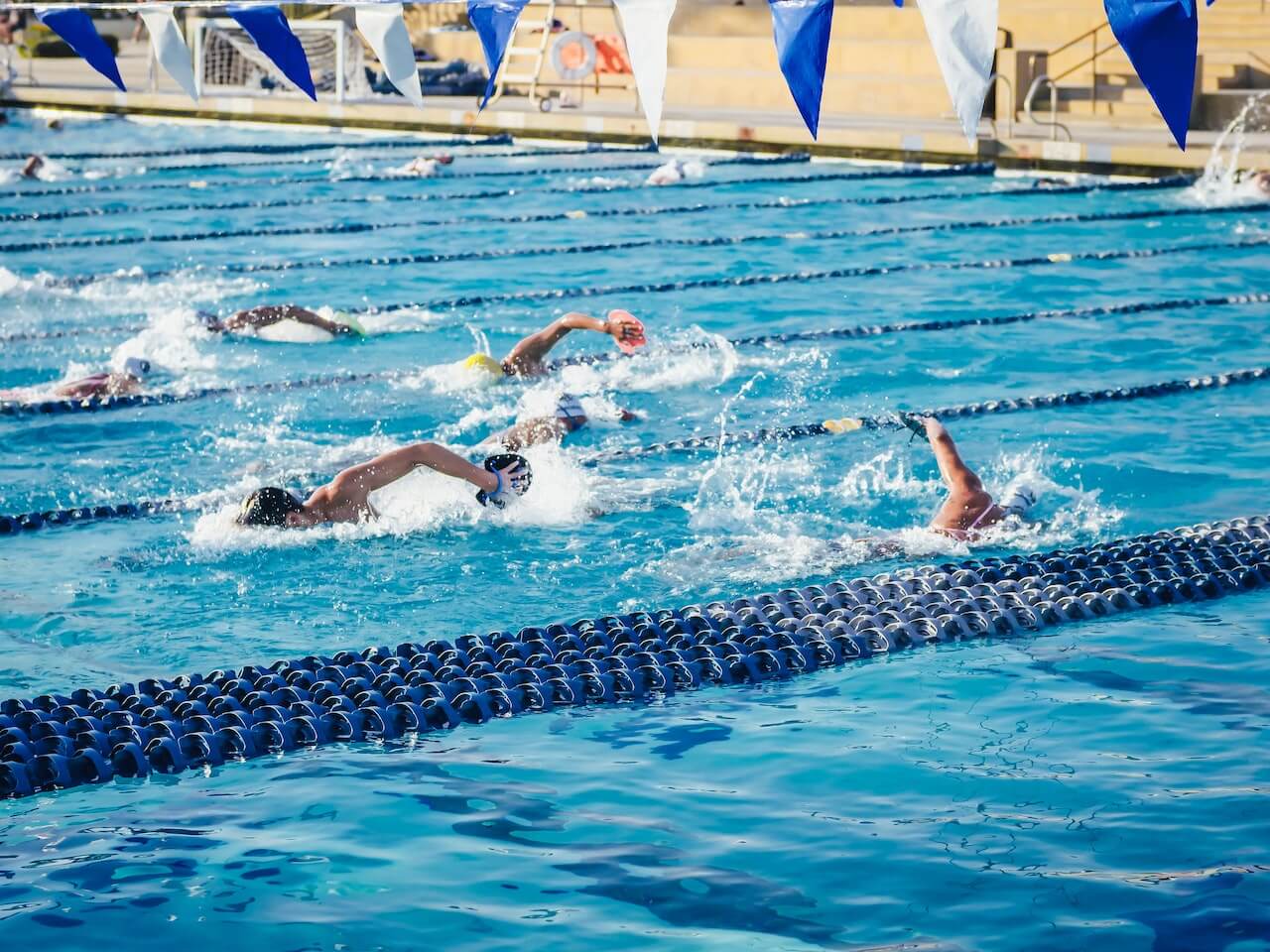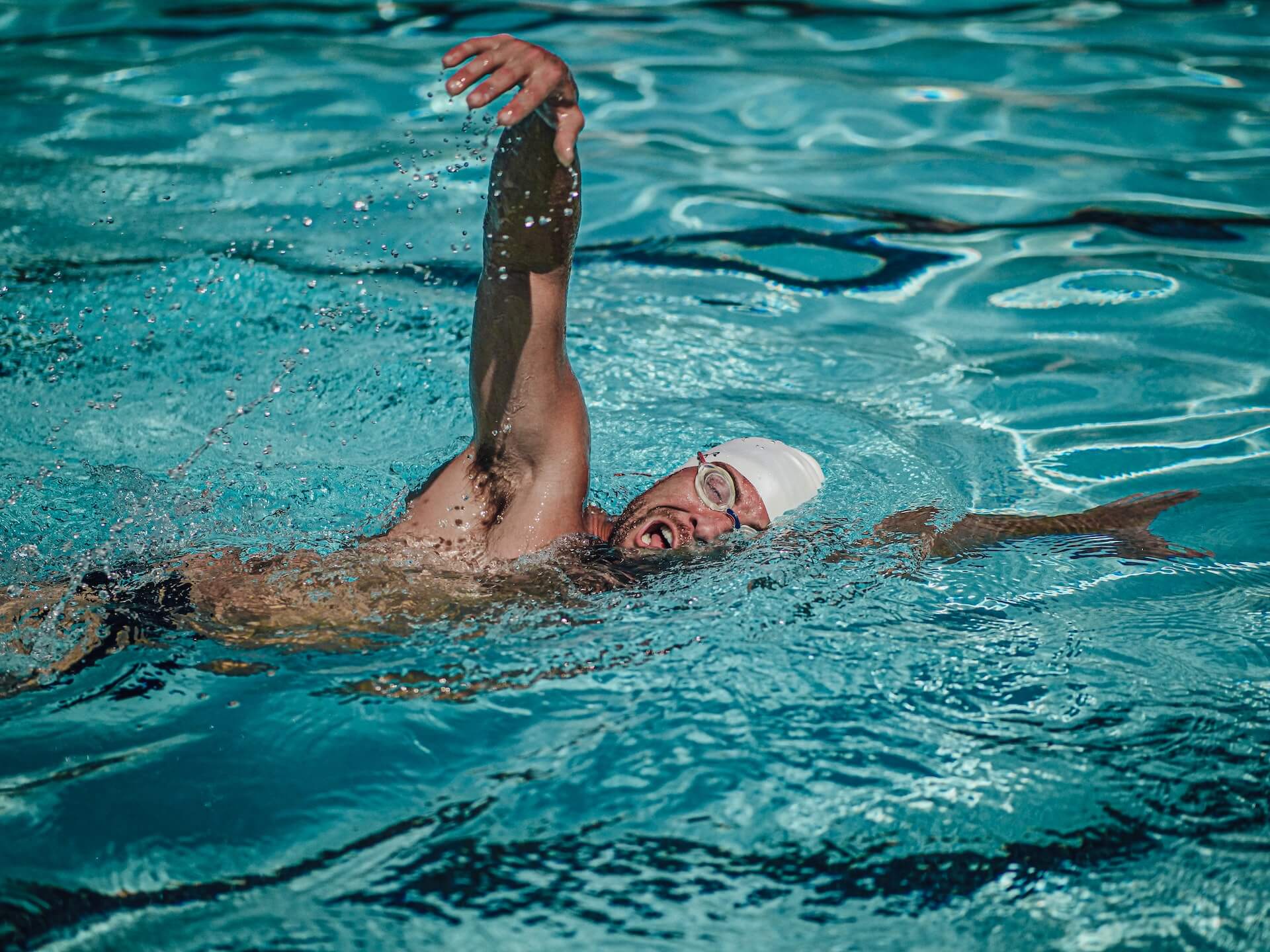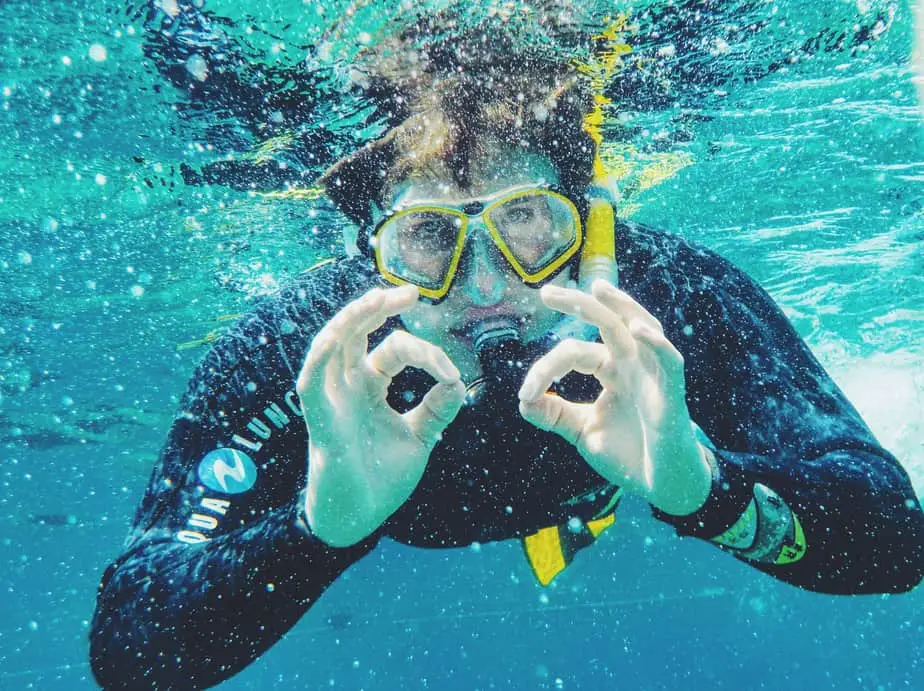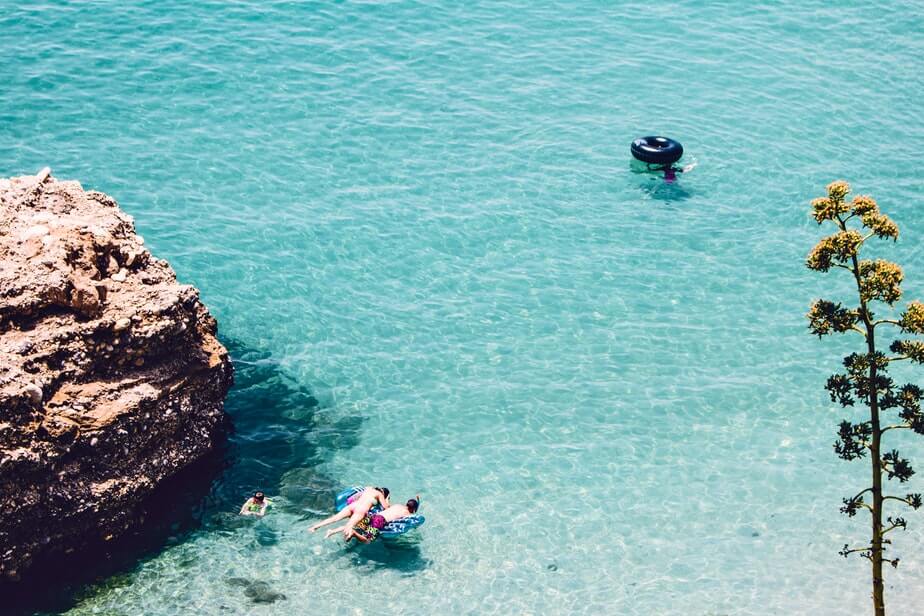Many people who take up snorkeling are surprised that, instead of swimming goggles, they need to wear snorkel masks. And an even bigger shock is that a snorkel mask is a lot bulkier, partially owing to the fact that it has a nose pocket.
You might be thinking: why is my nose covered by this mask? Is it a design flaw or a purposeful feature? Maybe you’ve even felt a tinge of claustrophobia thinking about it or wondered if it could affect your breathing experience.
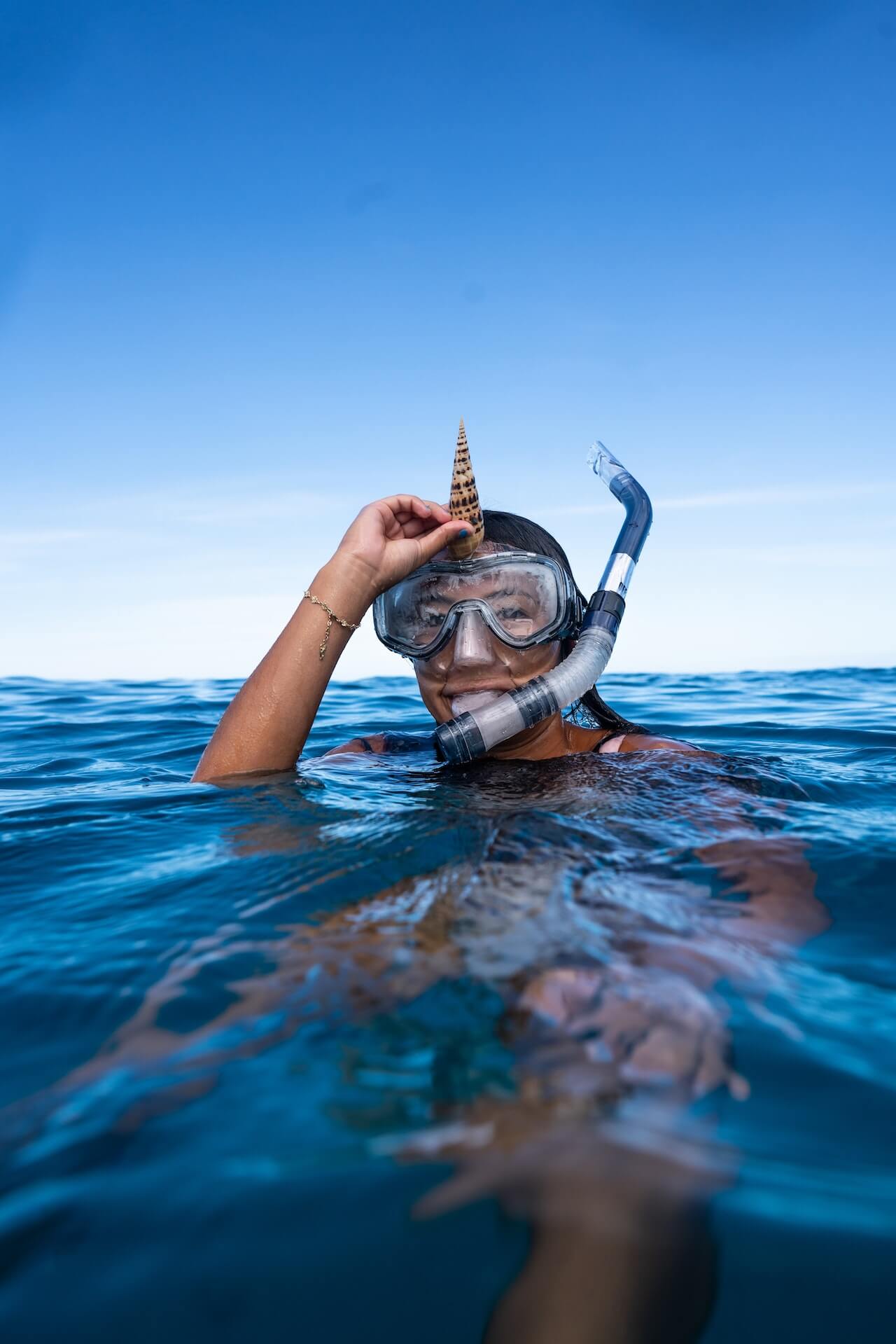
The reason snorkel masks cover the nose is multifaceted, combining elements of safety, comfort, and functionality. Covering the nose aids in regulating pressure differences during a dive, prevents water inhalation, minimizes mask fogging, and offers a myriad of other advantages, all of which contribute to a safer and more enjoyable snorkeling experience.
With this in mind, let’s dive deeper into why this design choice was made, exploring each reason in detail and addressing some of the most frequently asked questions about snorkel masks and why they have nose pockets.
Benefits of Nose Pockets in Snorkel/Scuba Masks
Easy Equalization
Equalization is the process of balancing the pressure inside your mask and sinuses with the surrounding water pressure. As you dive deeper into the water, the pressure increases. This change can create a vacuum effect inside your mask and ears, which can cause discomfort or even injury to your eyes, ears and sinuses if not equalized.
By covering the nose, snorkel masks give the wearer the ability to pinch their nostrils and blow gently against them (this technique is known as the Valsalva maneuver . This action pushes air into the Eustachian tubes and middle ear, which helps in equalizing the internal pressure with the external water pressure.
It’s crucial, especially for those who are freediving or diving deeper below the surface, to equalize frequently to prevent potential ear damage. In a similar vein, equalizing the pressure in the mask is also vital but for preventing eye damage.
To prevent the mask from squeezing tightly around your eye sockets, simply exhale from your nose (this time without pinching it) and the pressure inside the snorkel mask will equalize. If there is only one reason why snorkel/scuba masks have a nose pocket, it’s this: to make it easier to equalize the mask and ear pressure.
But as we’ll soon get into, there are many more reasons for having a nose pocket.
Prevent Water Inhalation
An important function of any snorkeling or diving mask is to provide a clear view underwater while keeping water out of the eyes and nose. When the nose is covered by the mask, it creates an additional barrier to prevent accidental inhalation or aspiration of water.
Inhaling water, even in small amounts, can lead to coughing, choking, and in severe cases, a condition known as “dry drowning,” where the lungs become irritated and produce excess fluid.
By ensuring that users breathe exclusively through their mouths, a mask that covers the nose significantly reduces the risk of these potential hazards.
Natural Breathing Experience
For many, especially beginners, breathing solely through the mouth can feel unnatural and restrictive. Full-face snorkel masks, which cover both the mouth and nose, provide an innovative solution to this challenge.
These masks allow users to breathe in a way that’s more familiar and natural, as they can use both their nose and mouth. This design makes for a more relaxed and enjoyable snorkeling experience, reducing potential anxiety or discomfort associated with adapting to mouth-only breathing.
Even in traditional snorkel masks, having a nose pocket will prevent you from accidentally inhaling water if you still haven’t gotten into the habit of breathing through your mouth while snorkeling.
Seal Integrity
An effective seal is one of the most critical aspects of a snorkel mask. The seal ensures that water stays out, allowing for clear vision and a comfortable experience. By encompassing the nose within its design, the mask can create a snug fit around both the nose and cheeks. This design choice enhances the mask’s sealing capabilities.
The facial anatomy around the nose and cheeks provides natural contours, which the mask can grip onto, minimizing the chance of water intrusion. Additionally, masks designed this way distribute pressure more evenly, ensuring the mask remains in place even when the user moves or the water becomes turbulent.
Limiting Fogging
Anyone who has worn glasses on a cold day and experienced them fogging up will understand the challenge of keeping a clear view inside a mask. Fogging occurs when warm air (like our breath) comes into contact with a colder surface (like the mask lens) and condenses, forming tiny water droplets that scatter light and impair vision.
When the nose is covered in a snorkel mask, it helps channel away the warm breath, reducing its direct contact with the lens. Many masks also have a one-way valve system that allows exhaled air, which carries moisture, to be expelled efficiently from the mask.
By controlling and directing the flow of breath, a mask that covers the nose reduces the risk of condensation and the consequent fogging, ensuring snorkelers maintain a clear view of the underwater world.
Protection from Irritants
The underwater environment is full of wonders, but it also houses tiny particles, microorganisms, and other potential irritants. Exposing the nostrils directly to the water can make them vulnerable to these irritants.
A mask that covers the nose acts as a barrier, preventing these potential irritants from entering the nostrils and causing discomfort or even infections. This design ensures that snorkelers can enjoy their underwater exploration without the worry of unexpected nuisances or health concerns.
Preventing CO2 Buildup
Carbon dioxide (CO2) is a byproduct of our body’s respiratory process. When we exhale, we release CO2. In a confined space, like a snorkel mask, it’s crucial to ensure that this CO2 doesn’t build up to dangerous levels, as inhaling high concentrations can lead to dizziness, headaches, and in severe cases, unconsciousness.
Full-face snorkel masks that cover the nose often feature separate chambers for inhalation and exhalation. This design ensures that fresh air is always available for inhalation while efficiently expelling the CO2-rich exhaled air out of the mask. By minimizing CO2 buildup, these masks prioritize the user’s safety and health.
Enhanced Mask Structure
The structure and design of a snorkel mask play a critical role in its functionality and durability. Incorporating the nose into the mask’s design not only provides user benefits but also enhances the mask’s structural integrity.
This integration ensures that the mask retains its shape and provides a consistent fit, even under varying water pressures. The rigid structure also reduces the likelihood of the mask getting dislodged or deformed during use, offering a more reliable and consistent underwater experience.
Enhanced Comfort
Comfort is paramount when wearing any gear for an extended period. The nose, being a central and prominent feature of our face, can be sensitive to pressure or friction. By including the nose within the mask and providing padding or cushioning around it, the mask offers enhanced comfort.
This design ensures there’s no undue pressure, pinching, or rubbing against the nose, making the snorkeling experience more enjoyable and allowing users to focus on the beauty of the underwater world rather than potential discomfort.
Aesthetic Appeal
While functionality and safety are paramount, aesthetics also play a role in the design and selection of snorkel masks. Masks that cover the nose provide a streamlined and sleek appearance, often resembling professional diving gear.
This design can be more visually appealing to many users, who prefer the cohesive look of a mask that covers the entire face as opposed to one that exposes the nose. The aesthetic appeal, though a secondary benefit, contributes to the overall snorkeling experience, with users feeling more confident and stylish in their gear.
Frequently Asked Questions
Can I still breathe naturally with my nose covered in a snorkel mask?
Yes, when wearing a traditional snorkel mask with a nose pocket, you can still breathe naturally through your mouth. The nose pocket ensures that the nose is isolated from direct water exposure, but it doesn’t typically facilitate actual breathing through the nose.
Instead, you breathe through the snorkel using your mouth. Covering the nose provides benefits like equalization and preventing water inhalation through the nose. For those who prefer nose breathing, full-face masks can be considered, but the standard mask design focuses on mouth breathing.
Are there any downsides to having a snorkel mask that covers the nose?
Traditional snorkel masks that cover the nose offer many advantages. However, some potential downsides to consider include:
- Potential Discomfort: Depending on the fit, some users may find that the nose pocket exerts pressure or causes chafing against the nose over extended periods.
- Mask Fogging: As exhaled air from the mouth can sometimes rise, there’s potential for the mask to fog up, especially if it’s not treated with a defogging solution.
- Bulkiness: Traditional masks with nose pockets can be slightly bulkier than simpler, swim-goggle style designs.
Are there people for whom a mask that covers the nose isn’t suitable?
Yes, while traditional snorkel masks with nose pockets are versatile, they may not be suitable for everyone:
- Individuals with Specific Facial Structures: The fit is paramount for any mask. People with unique facial structures might not find a comfortable seal with all mask designs.
- Those Seeking a Natural Breathing Experience: Individuals who prefer to breathe both through their nose and mouth might find the traditional mask restricting. In such cases, they might opt for a full-face mask.
- Experienced Divers with Specialized Needs: Divers who have specific requirements or preferences based on their experiences might prefer specialized masks without a nose pocket.
How do I clean and maintain the nose section of my snorkel mask to ensure longevity?
To ensure the longevity of a traditional snorkel mask with a nose pocket:
- Rinse After Each Use: Always rinse your mask in fresh water after each use to remove salt, chlorine, or other potential contaminants.
- Use Mild Soap: Every so often, wash the mask using a mild soap to get rid of residues or facial oils. Thoroughly rinse off any soap afterward.
- Avoid Harsh Chemicals: Refrain from using strong chemicals or solvents, as they can deteriorate the mask’s materials.
- Dry in Shade: Post-cleaning, allow the mask to air dry in a shaded spot. Direct sunlight can weaken the materials over time.
- Store Properly: Store the mask in a cool, dry place. Utilize a protective case if available to prevent dust and possible damage.
- Inspect Regularly: Periodically check the mask, especially the seals around the nose pocket, for wear or damage. Replace any parts if necessary.
- Manage Fogging: Use defogging solutions or baby shampoo on the inside of the lens to prevent fogging. Apply a thin layer, rinse slightly, and you’re set for a clear snorkeling session.
By adhering to these care guidelines, you can ensure the longevity and performance of your snorkel mask, ensuring many enjoyable underwater excursions.
Sources:

